How voting machines work: VCM(Vote Counting Machine) or PCOS(Precinct Count Optical Scanner)
There are various types of voting machines, but the two most common categories are Direct Recording Electronic (DRE) machines and VCM(Vote Counting Machine) or PCOS(Precinct Count Optical Scanner). We described how DRE machines work in last article. Today let’s see another Optical scan machine - VCM(Vote Counting Machine) or PCOS(Precinct Count Optical Scanner).
Vote Counting Machines (VCMs) and Precinct Count Optical Scanners (PCOS) are tools used to automate the process of tallying votes during elections. While the specifics can vary between different models and manufacturers, the basic functionality is generally similar. Here's a simple breakdown of how Integelection ICE100 machines work:

Step1. Ballot Marking: In both systems, the process begins with the voter marking a paper ballot. Depending on the specific system, this might involve filling in bubbles next to a candidate's name, connecting lines, or other machine-readable marks.
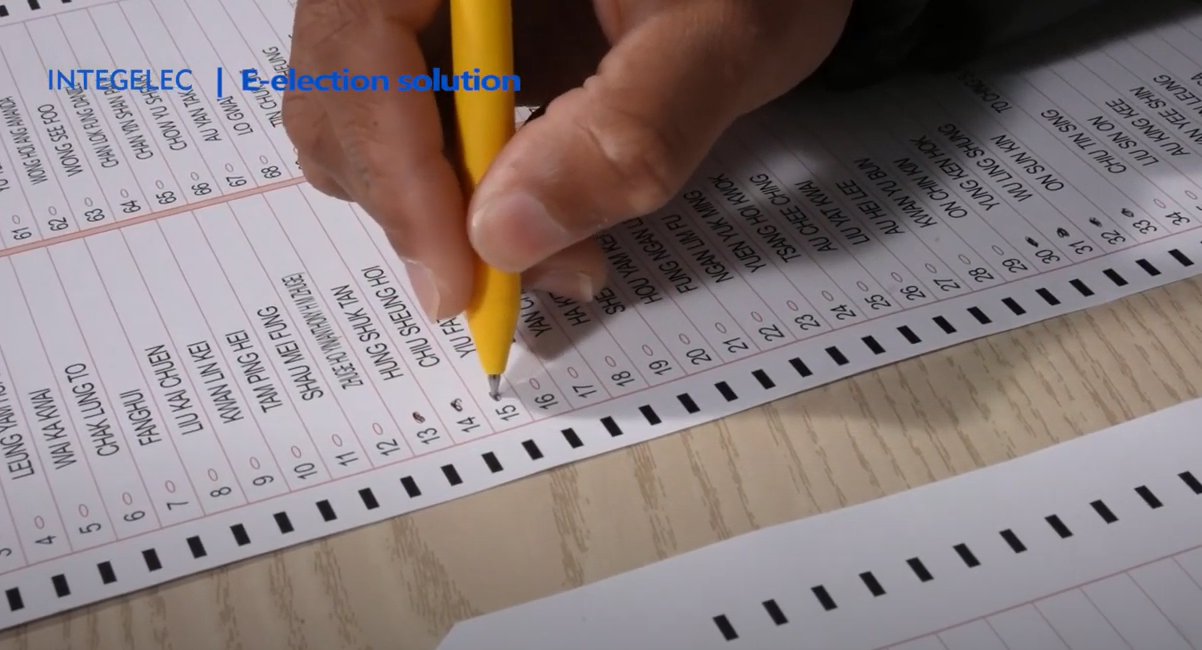
Step2. Ballot Scanning: The marked ballot is then inserted into the voting machine. The machine uses optical scanning technology to detect the marks made by the voter. It essentially takes a digital image of the ballot and interprets the voter's marks as votes. The ballot is typically fed into the machine by the voter, but in some systems, a poll worker might do this.
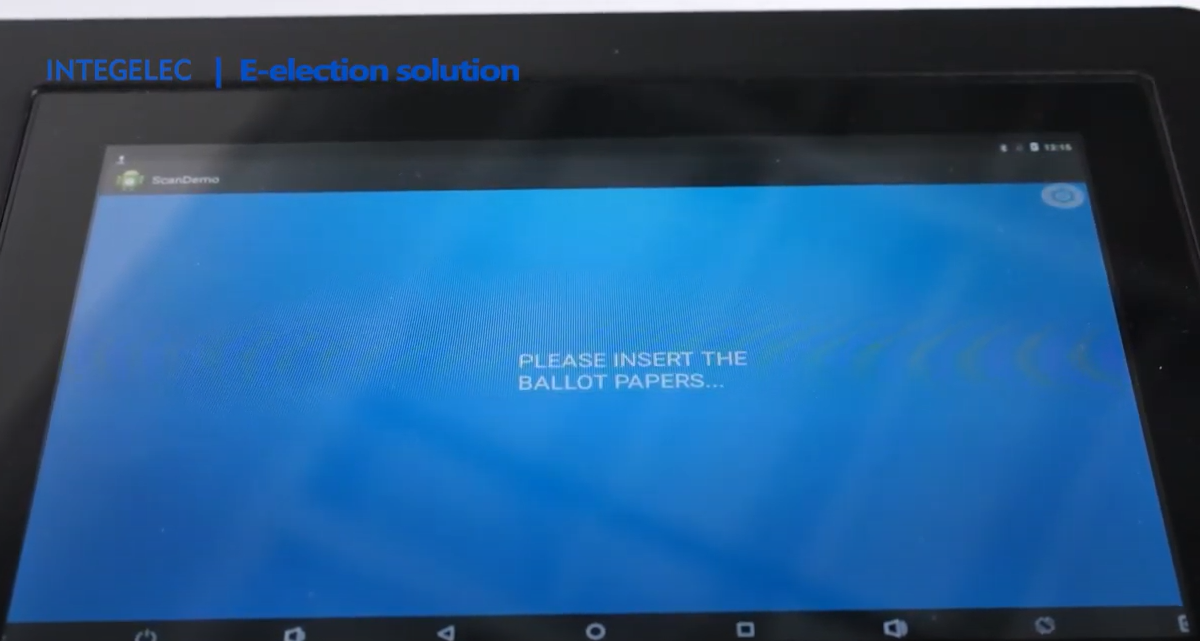
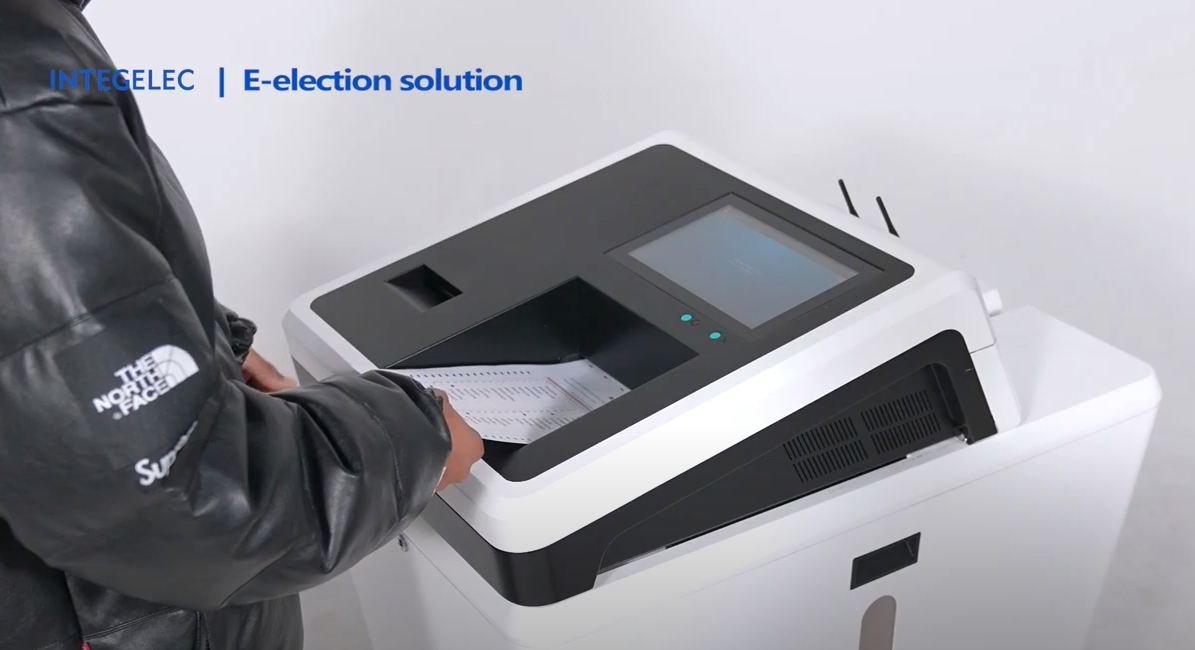
Step3. Vote Interpretation: The machine uses an algorithm to interpret the marks it detected on the ballot. This algorithm will vary between different systems and can be configured according to the specific needs of the election.
Step4. Vote Storage and Tabulation: Once the machine has interpreted the votes, it stores this data in a memory device. The machine can also quickly tabulate the votes, either at the polling place or at a central location, depending on the system.
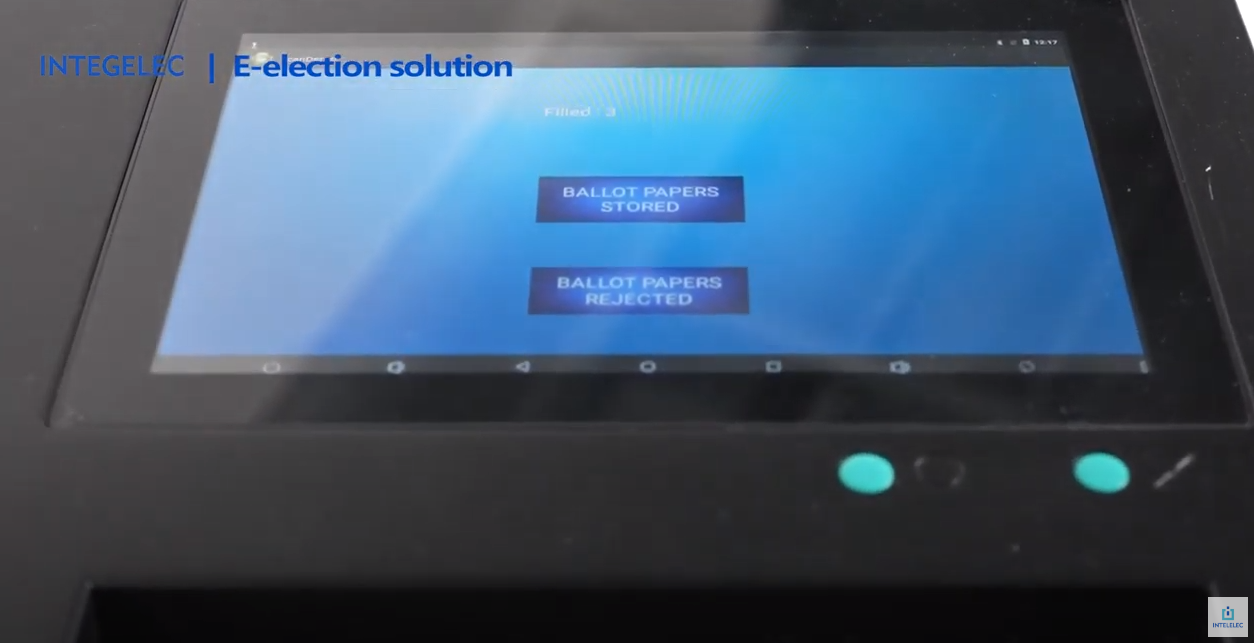
Step5. Verification and Recounts: One key advantage of using VCMs and PCOS machines is that they still use a paper ballot. This means there's a hard copy of each vote that can be used to verify the machine's count or to perform a manual recount if necessary.
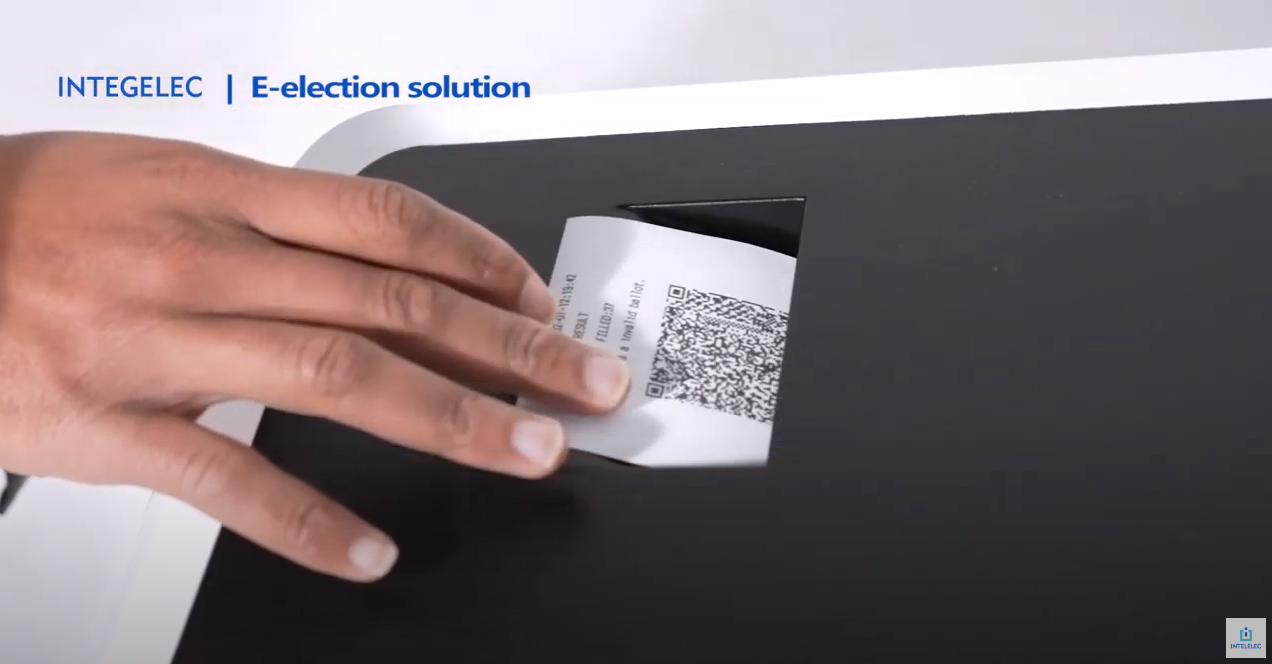
Step6. Data Transmission: At the end of the voting period, the machine's data (including the total vote count for each candidate) can be securely transmitted to a central location for official tabulation.
Measures are taken to mitigate these risks, including secure design practices, independent security audits, and post-election audits. If you are interested in this VCM/PCOS by Integelection, please feel free to contact us: VCM(Vote Counting Machine) or PCOS(Precinct Count Optical Scanner).
Post time: 13-06-23




